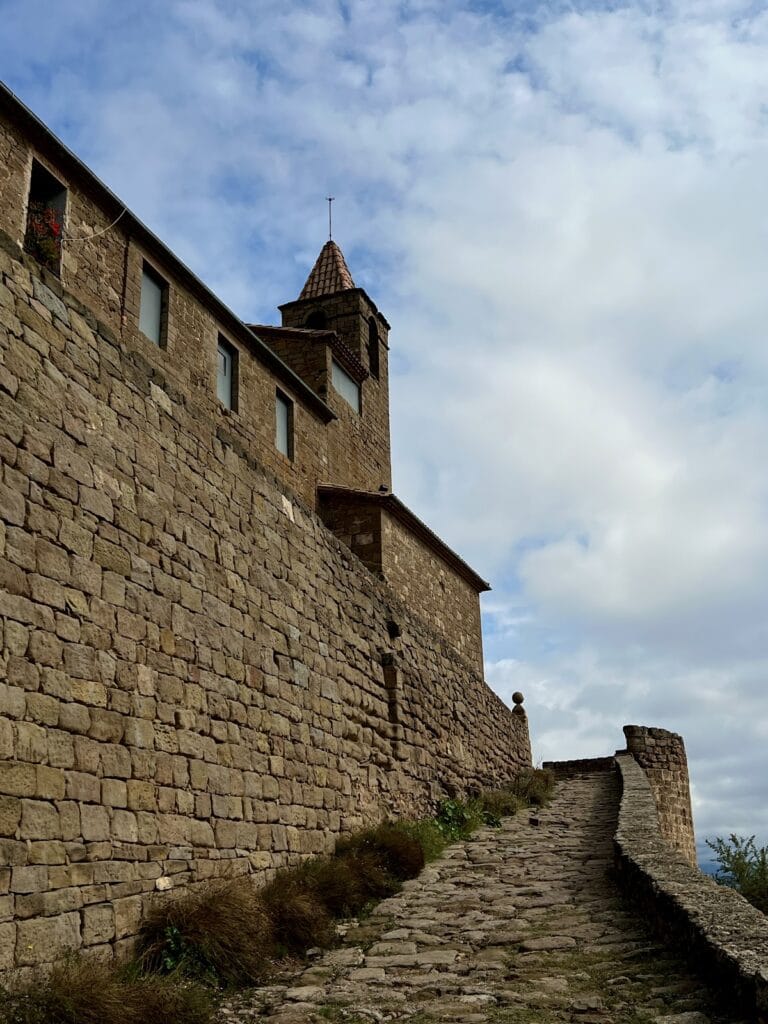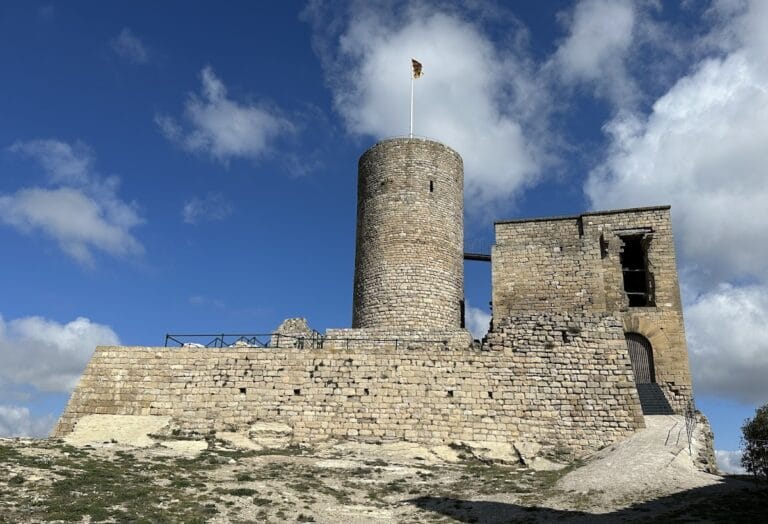Castellvell de Solsona: A Historic Castle in Olius, Spain
Visitor Information
Google Rating: 4.5
Popularity: Low
Google Maps: View on Google Maps
Official Website: invarquit.cultura.gencat.cat
Country: Spain
Civilization: Medieval European
Remains: Military
History
Castellvell de Solsona is a castle situated on a hilltop within the municipality of Olius in Spain. The construction of this fortress began in the mid-10th century under the direction of Count Sunyer of Urgell. It was built to serve as a defensive stronghold overseeing the surrounding region.
In the late 10th century, specifically in 973, Count Borrell II of Barcelona strengthened the castle’s defenses, emphasizing its strategic value. During the 11th century, Ecard Miró, the lord of Solsona, undertook further fortification efforts, which were continued by his descendants Bernat and Ramon de Tarroja. These building phases culminated in 1217, coinciding with the marriage of Agnès Tarroja to Viscount Ramon Folc IV of Cardona. This union linked the castle to the influential Cardona family, who established it as their seat for nearly seven decades before moving to a newer residence. Following this relocation, the fortress became known as the “old castle.”
Between 1310 and 1320, the Viscount of Cardona remodeled Castellvell de Solsona into a Gothic-style palace. This transformation included the addition of a large square hall with characteristic pointed arches and columns, reflecting architectural trends of the period. Later in the 14th century, the castle suffered partial demolition when Hug II of Cardona authorized the removal of stone from its walls in 1389 to aid the construction of new fortifications in the nearby city of Solsona.
In the 15th century, a Gothic building dedicated to Santa Maria was constructed on the site where an earlier Romanesque chapel once stood. This sanctuary became a place of veneration for the Virgin of Remedy. The castle experienced further alterations during the First Carlist War in the 19th century, when Baron de Meer ordered renovations that incorporated the old structure. However, it sustained severe damage during the Third Carlist War. In 1872, Carlist forces led by Morlans demolished three of the castle’s four square towers; only one tower was preserved with the intervention of government troops.
Today, Castellvell de Solsona remains inhabited and well preserved. It continues to serve as a venue for cultural and political events, including an annual festival named Roseret and a pilgrimage promoting Catalan independence held each September.
Remains
Castellvell de Solsona stands on a hill approximately 130 meters above the nearby city, offering commanding views in every direction of notable natural landmarks. The castle’s layout includes a quadrangular enclosure originally fortified by four square towers. Three of these towers were partially destroyed in the late 19th century; their truncated bases remain visible, while the fourth tower still stands intact, maintaining its original form.
Inside the castle walls, a prominent Gothic hall dating from the early 14th century is found on the eastern side. This room is characterized by its square shape and features pointed arches crossing the ceiling, supported by cylindrical columns with simple cubic capitals. This design follows regional patterns common in Catalan Gothic castles of the medieval period.
Adjacent to the castle, on its western side, are remains of a Romanesque church identified as the parish church of Sant Miquel de Castellvell. This church originally had a trilobed apse—a distinctive three-lobed semicircular end to the building often found in Romanesque architecture. The parish eventually shifted to the nearby village of Brics, which led to the former church’s replacement.
Within the castle itself lie remnants of a Romanesque chapel, which underwent modifications in the 15th century to adopt Gothic stylistic elements. This structure became the Gothic sanctuary dedicated to the Virgin of Remedy, also known as Mare de Déu del Remei, which remains in use for worship today.
A notable decorative feature preserved in the castle walls is a Romanesque sculpted capital. This stone block displays carved coats of arms belonging to the Tarroja family, symbolized by a tower, and the Cardona family, represented by a thistle. Alongside these heraldic emblems are a monastery cross and a sun motif, which are similarly incorporated into the heraldry of the nearby city of Solsona.
The castle once housed a 14th-century seated statue of the Virgin Mary, known either as the Virgin of the Snows or the Virgin of Milk. While the preservation of the statue was valued, the infant Jesus’s head was removed in 1882 and is currently kept at the Diocesan and Regional Museum of Solsona, preserving a connection to the castle’s religious heritage.










